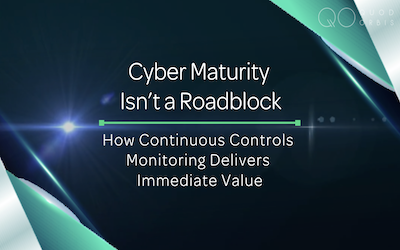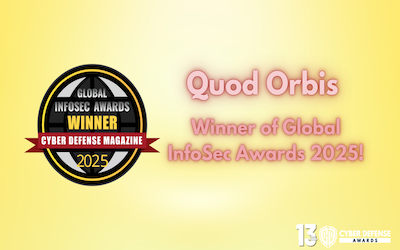Security operations are critical to any organisation. They are the protectors of business data and assets, they ensure business continuity and defend the organisation from todays increased threat landscape. They are the integral team to a business and should never be underestimated in their importance of a business’s reputation.
However, their challenges have become immense in recent times, particularly in a post-covid workplace where the defence of an organisation now has to extended beyond your network walls and the rapid evolution of digitisation. The world of cyber security just got a whole lot more complicated.
Threats to an organisation have severely increased in volume and complexity. Cyber-attacks are sophisticated and the high volume of alerts that Security operations teams have to manage has become insurmountable, particularly with false positives and identifying genuine threats being a harder task. Cyber criminals constantly change tactics to be able to bypass cyber security controls meaning that SOC teams have to be proactive in their cyber strategies.
SOC teams top challenges include:
- Volume and increased sophistication of attacks
- Lack of visibility
- Alert Fatigue
- Significant tech to manage and monitor with huge data overload
Now with all the best Security Operations Centre professionals in the world this is becoming a reality and one that organisations need to address if they are to protect their organisations and retain and support the efforts of their SOC team.
Not to add salt into the wound but automated technology is going to be the answer – not another tech we hear you say! However, Continuous Controls Monitoring is like no other tech. The automated platform serves as an orchestration layer, pulling all of your disparate tools together to provide holistic visibility in real-time to provide the assurance you need that your business ecosystem is secure, proactive in your threat mitigation approach and your risk management strategy.
This is not about replacing your SOC teams, but transforming their processes to a whole new level.
Continuous Control Monitoring (CCM) in a SOC: The Value Addition to the SOC:
SOC teams need confidence that they have the right technology and it has been implemented across the entire organisation. CCM plays a critical role in ensuring that a firm’s security controls are functioning as intended. By constantly monitoring and validating these controls, CCM provides the SOC with the assurance that the foundational defences are solid. This means that the SOC can focus its efforts on detecting and responding to threats rather than worrying about whether the basic security controls are in place and working.
Preparation for the SOC:
Investing in a SOC is expensive, and its effectiveness is directly linked to how well the underlying controls and processes are functioning. If these aren’t working correctly, the SOC’s ability to detect and respond to threats is compromised. CCM helps prepare the SOC by verifying that everything is in order, allowing the SOC team to focus on their core mission: monitoring for and responding to active threats. The SOC might not directly see the controls, but they rely on them to be operational and effective.
Ensuring Technology Coverage:
One of the key aspects of continuous controls monitoring is to ensure that the necessary security technologies are deployed wherever needed. This “coverage metric” is vital because even the most advanced SOC can’t defend against threats if there are gaps in the security infrastructure.
Offboarding Processes (JML – Joiner, Mover, Leaver):
Processes like offboarding (removing access for employees who leave the company) are executed as planned when CCM is implemented. Proper offboarding is critical for preventing former employees from having unauthorised access to systems, which could lead to insider threats. By monitoring these processes, Continuous Controls Monitoring ensures that they are followed correctly, reducing the risk of security breaches due to human error or process failure.
Other Key benefits of CCM for SOC teams include:
Real time risk identification: CCM provides real-time monitoring of all security controls, identifying potential vulnerabilities and communicating to the relevant team via upstream ticketing.
Incident response, faster: Security teams can detect and respond to security incidents far quicker, thus reducing the impact significantly of breaches or attacks.
Increased operational efficiency: Automating controls monitoring, SOC teams significantly reduce the amount of manual effort involved to assess and verify controls effectiveness – their time is significantly freed up for higher value tasks. CCM highlights specific areas where controls are weak so SOC teams can prioritise their efforts.
Superior Security Posture: Real-time monitoring means you have a constant view of your organisations’ cyber security posture meaning Security Operation’s Teams can adapt and be pro-active to evolving threats.
Regulatory Compliance made simpler: Aligning your CCM platform to your regulatory compliance means compliance is completely automated and your SOC teams can be assured of total visibility.
Communication to Senior leadership: Preparing reports for Board no longer requires hours spent by teams collating huge data sets to report on as a result of the tailored dashboards that CCM can provide.
Essentially organisations need their SOC teams to be proactive; now is the time to transform their incredible manual efforts and respond to the current business environment challenges.
Not only will Continuous Controls monitoring automate SOC processes resulting in greater efficiencies, but teams will be relieved of the pressure and be able to contribute to the future cyber strategy of an organisation, no longer being the firefighter.




















